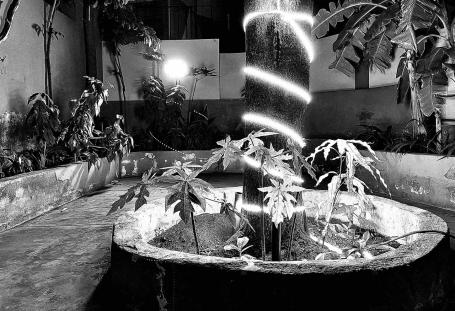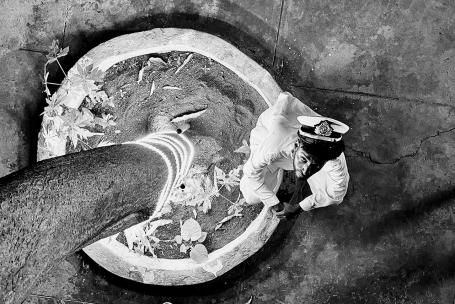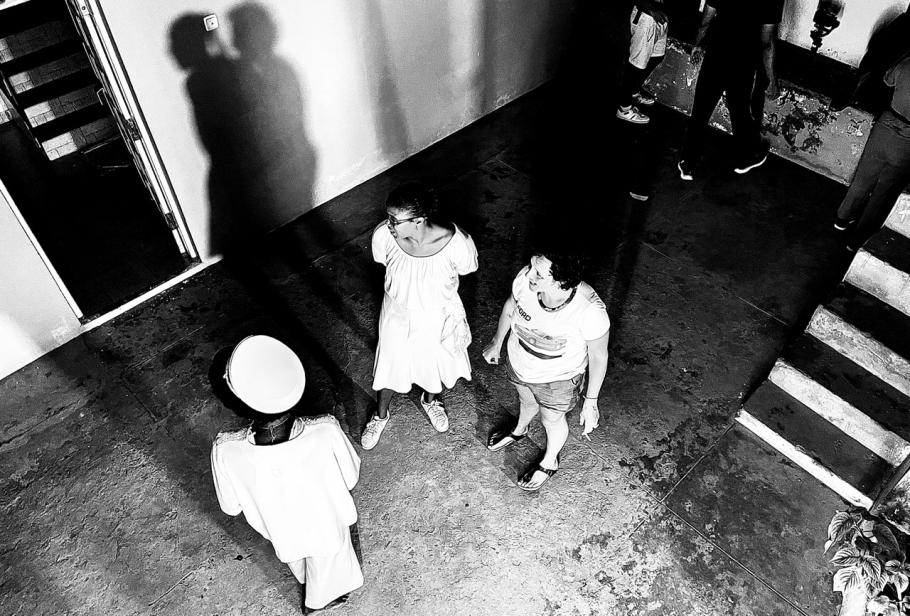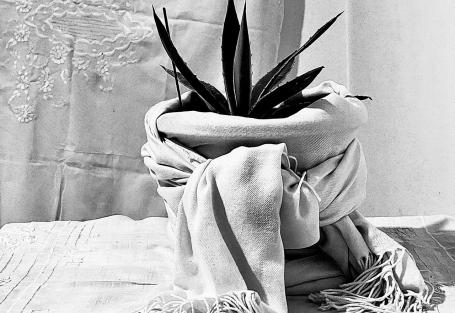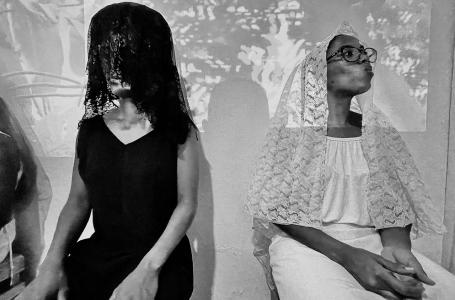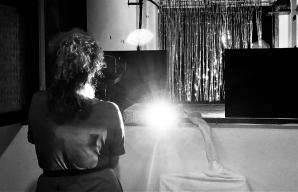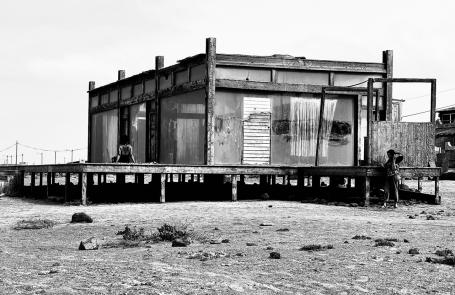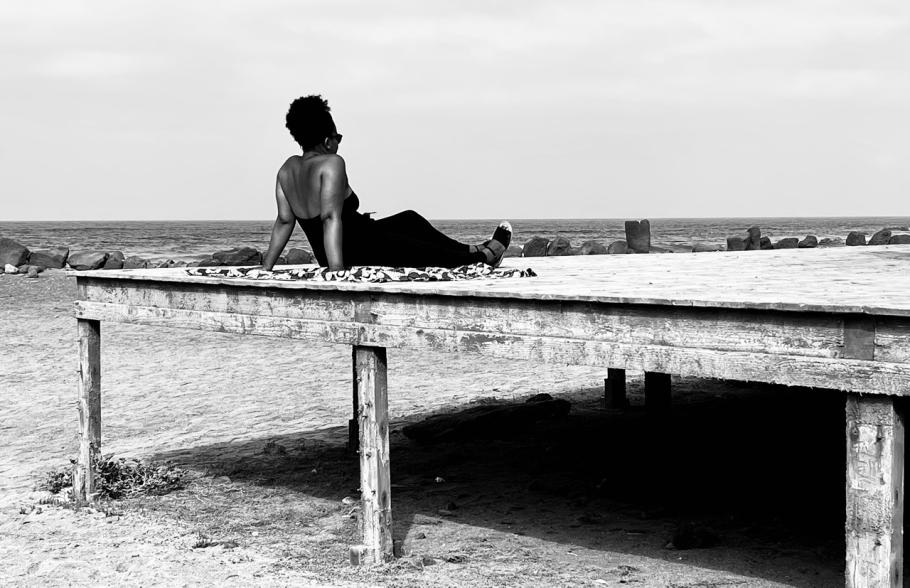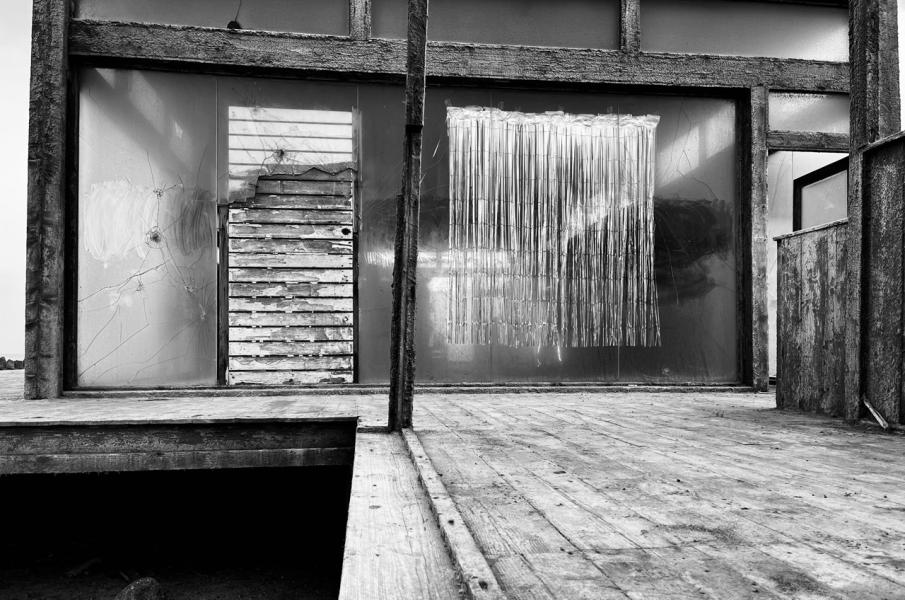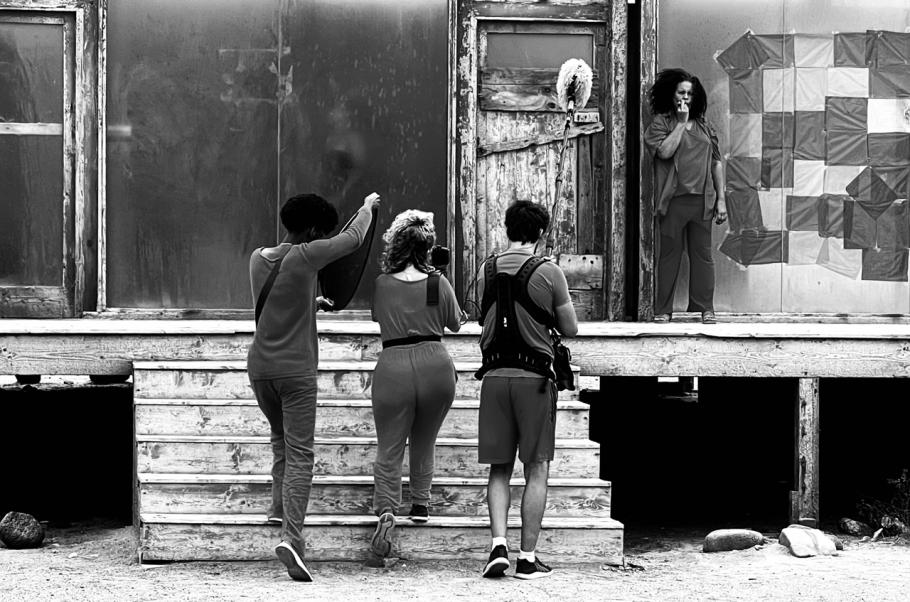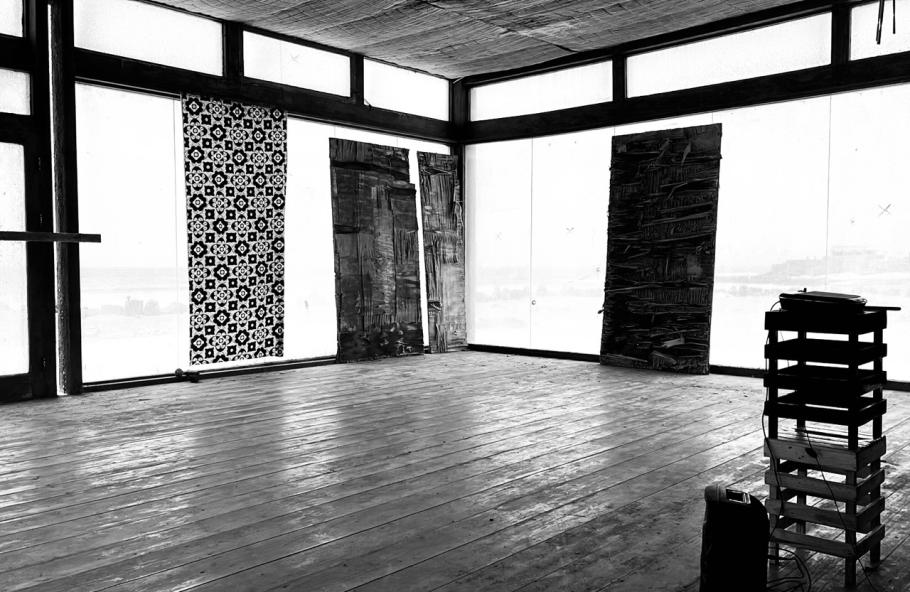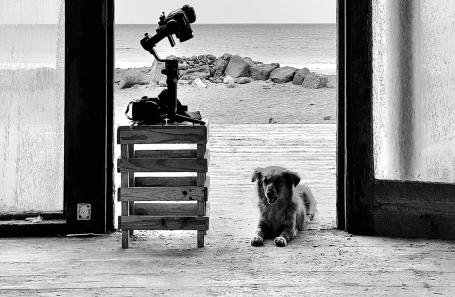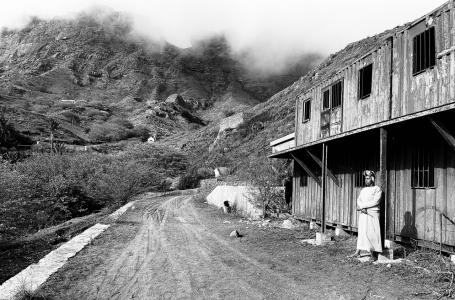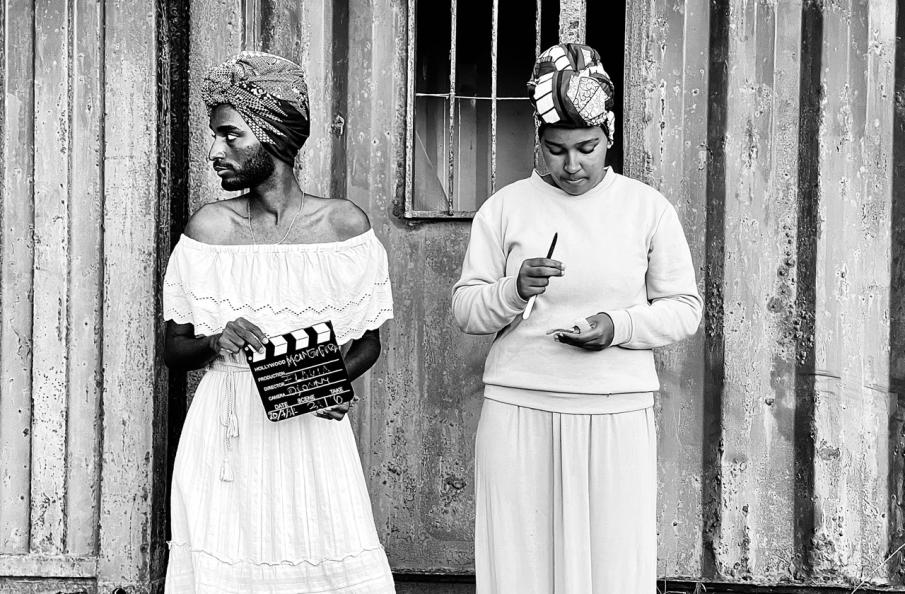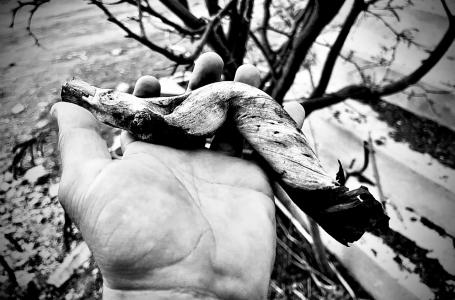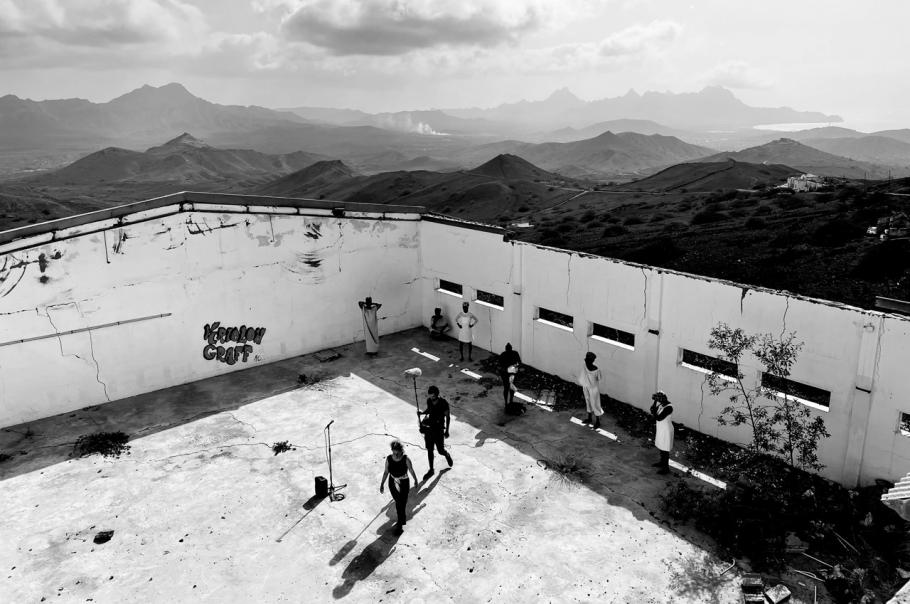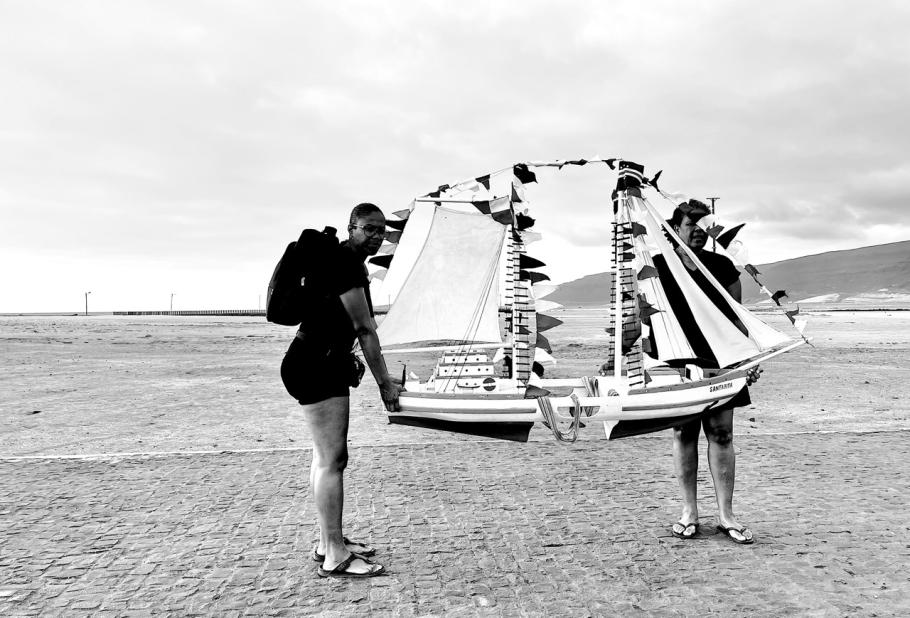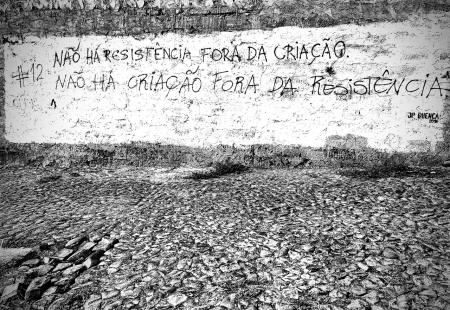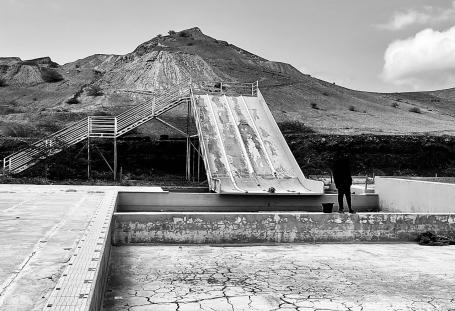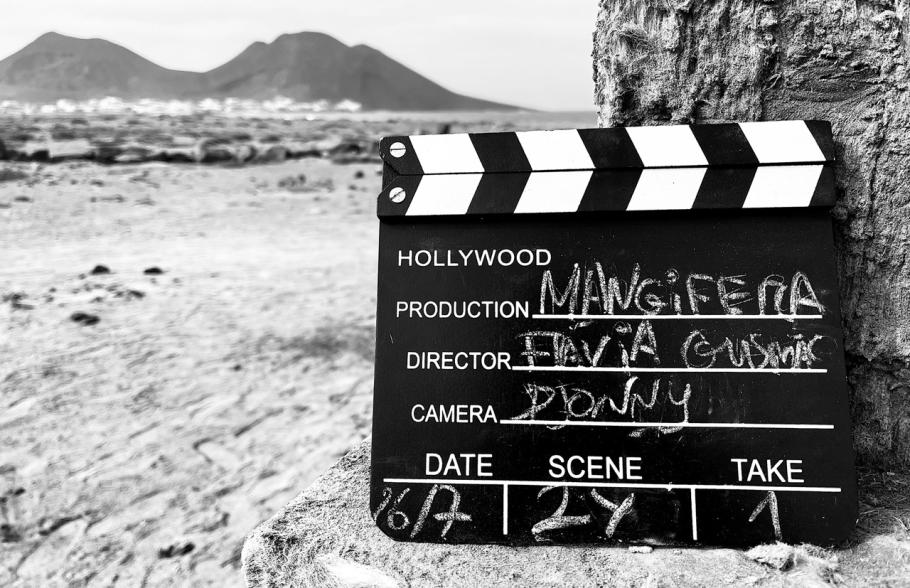Mango Tree Lights | Light Hose | Memory Hose
We all came to this film through different paths. Some through occasional collabs, others following years-decades of friendship or ongoing collaborations. All matched in a fortuitous moment when our friend Sams (Samira Pereira)——a Capeverdean producer——would have told us “gather, talk, and create”.
I’ve landed on director Flávia Gusmão’s debut film #4 Mangifera as a bereaved friend, looking for closure, that last curtain; as Sams’s oft-collaborator and co-conspirator; as one of her work husbands. I landed with a cinematic eye and a journalistic gaze. I landed as a serendipitous producer, supporting a director whom I barely knew in the making of a film I predicted would face mammoth-sized challenges, both because of its formal setup and visual grammar and because of the burden of its personal, intimate bias.
I landed in black and white. It had been a year processing this loss. On set, my mourning (or state of mind, perhaps) in black and white was gradually replaced by the colours in Flávia’s own mourning——in red, blue, yellow, purple, and green. Too many colours. Grief and mourning are different for everyone. Flávia did it in Technicolour. I’ve invested myself in the project and in the process. As in the making of a film, also mourning is a process. And in most processes, we learn from each other.
I missed out on rehearsals due to Covid and the unprecedented airport chaos in the summer. When I finally arrived, it felt like I had parachuted to that first day of principal photography. Exhausted, decontextualized, an insider-outsider in black and white, oscillating between moments and modes, seeking to understand a thousand things at the same time. Behind the camera which lived behind Flávia’s camera, I filmed and photographed in her Technicolour and in my black and white too. Moments. Memories.
In this set of 21 photographs (twenty-one, as in the day in which Sams left us), I captured everyone’s processes, snapped their memories, life, laughter. A behind-the-scenes that would become part of the film itself, in colour. In these 21 shots, however, I wanted to show them in black and white — as I saw them.
